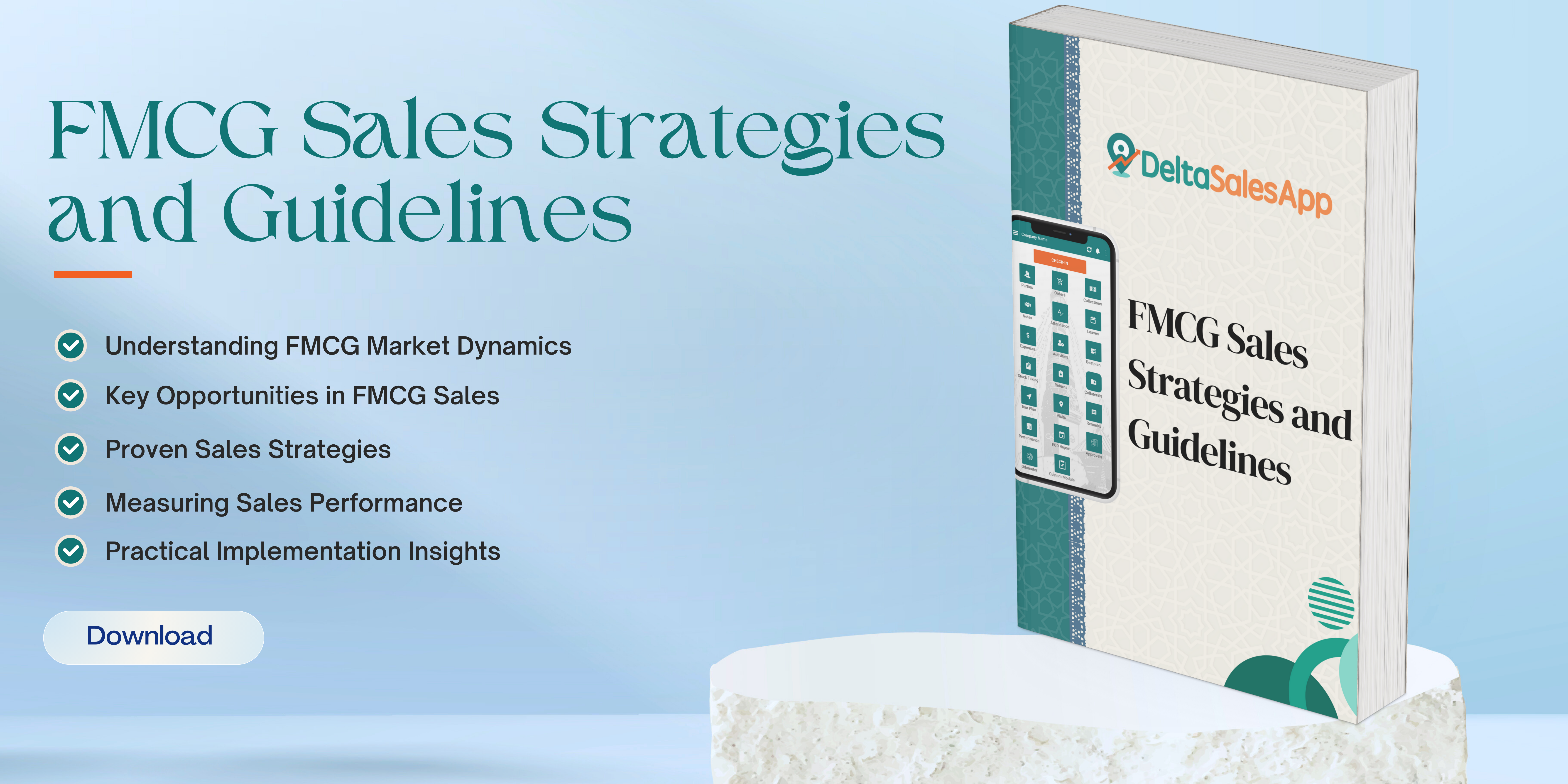POP (Point of Purchase)
What is Point of Purchase (POP) ?
Point of Purchase (POP) refers to the place where a customer makes a purchasing decision, often in a retail setting. It can be a physical location such as a store, checkout counter, or an online shopping cart. POP marketing strategies aim to influence consumer behavior at the moment they are about to buy a product, using displays, promotions, signage, and interactive experiences.
Importance of Point of Purchase (POP)
POP plays a critical role in retail and consumer behavior, as it serves as the final touchpoint where marketing efforts can directly impact purchasing decisions. Effective POP marketing can:
Increase impulse purchases: Many consumers make spontaneous buying decisions when influenced by attractive displays or promotions.
Enhance brand awareness: A well-designed POP display can reinforce brand identity and help products stand out among competitors.
Improve customer experience: Engaging and informative POP materials can guide customers in choosing the right product, increasing satisfaction.
Boost sales and revenue: Businesses that leverage POP marketing effectively can see a significant uptick in their sales figures.
Types of Point of Purchase Displays
POP displays come in various forms, catering to different retail environments and target audiences. Some common types include:
Counter Displays:
Small displays placed at checkout counters.
Often used for small, inexpensive, and impulse-buy items like candy, gum, and accessories.
Floor Displays:
Freestanding units positioned in high-traffic areas.
Typically used for larger or seasonal products such as beverages, snacks, or beauty products.
Endcap Displays:
Located at the end of aisles in supermarkets or retail stores.
Ideal for highlighting promotional items and new product launches.
Shelf Talkers and Wobblers:
Attached to shelves to draw attention to specific products.
Often feature eye-catching designs, discount information, or product benefits.
Interactive Displays:
Digital screens or kiosks providing additional product details.
Can include touchscreens, QR codes, or augmented reality experiences.
POP Marketing Strategies
To maximize the impact of POP, businesses employ various marketing strategies, including:
Strategic Placement: Positioning displays in high-traffic areas to increase visibility.
Eye-Catching Design: Using bold colors, graphics, and creative layouts to grab attention.
Limited-Time Offers: Creating urgency through discounts, special deals, and exclusive promotions.
Cross-Promotion: Placing complementary products together to encourage bundling and higher sales.
Personalization: Leveraging customer data to tailor POP materials to individual preferences.
Digital vs. Traditional POP
With the rise of e-commerce, POP strategies have expanded beyond physical stores to digital platforms. Online POP includes elements such as:
Personalized recommendations based on browsing history.
Countdown timers for limited-time deals.
Pop-up notifications showcasing discounts or abandoned cart reminders.
Influencer and social proof marketing to drive purchases.
Despite digital advancements, traditional in-store POP remains relevant, especially for industries reliant on tactile experiences, such as fashion, cosmetics, and groceries.
Challenges in Implementing POP Marketing
While POP marketing is effective, businesses face certain challenges, such as:
Cost of implementation: Designing and setting up eye-catching displays can be expensive.
Space constraints: Limited floor or shelf space can hinder the placement of POP materials.
Consumer engagement: Not all customers respond positively to POP displays, making it essential to tailor strategies.
Competition: Retail spaces are often crowded with multiple brands competing for attention.
Conclusion
Point of Purchase (POP) marketing is a powerful tool that influences consumer behavior and boosts sales at the final stage of the buying journey. By using creative and strategic POP displays, businesses can capture customers' attention, enhance brand visibility, and encourage impulse purchases. As technology advances, integrating both traditional and digital POP strategies will be key to staying competitive in the evolving retail landscape.






